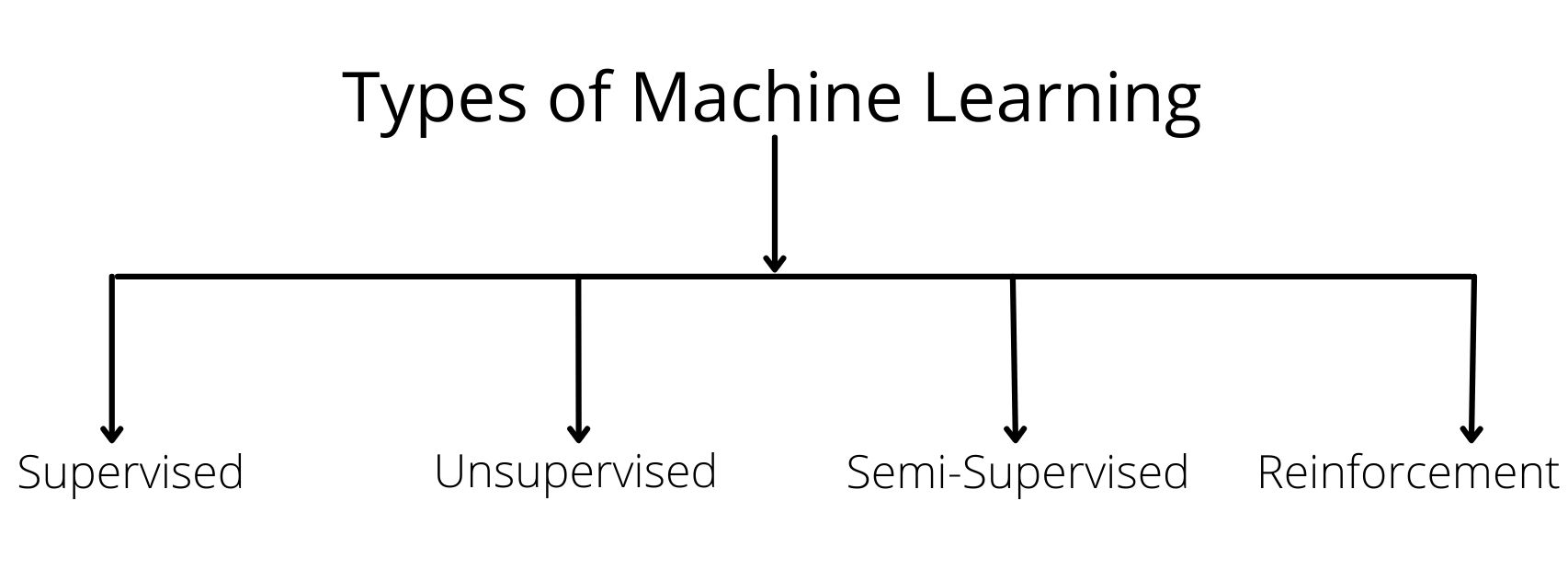1. Supervised Learning
Supervised Learning is the type of method which involves learning of machines using labelled past datasets and then the algorithm is used to predict the label of unseen data.
Its algorithm actually told what to look for, so it follows the process until it finds the pattern that will yield the expected output to a satisfactory degree of accuracy. In other words, it using these prior known outputs machine learning algorithm tries to learn from the past data and then generates an equation for the label or the value. This stage is called the training stage.
Then the learning algorithm tries to improve the function by comparing the output with correct outputs and calculating discrepancies and errors, a task which is known as testing. The next phase is the implementation phase in which it takes new inputs and will generate the values or determine the label based on the generated equation.
Its goal is to map input data with the output data. Supervised learning is based on supervision, and it is the same as when a student learns things under the teacher's supervision.
2. Unsupervised Learning
Unsupervised Learning is the type of machine learning algorithm which involves training the machine using unlabeled data. This is the major difference between supervised and unsupervised learning algorithms.
In this algorithm, we don't give a target to our model while training it. In the Unsupervised Learning algorithm, we allow the algorithm to discover the pattern similarities, equations, and associations in the data on its own without adding any bias from the users’ end. Thus the end result is totally unpredictable and cannot be controlled.
Unsupervised Learning finds its place in advanced exploratory data analysis and especially, Cluster Analysis. It can find the hidden and unknown patterns in the data, and therefore helps to find the features that are highly beneficial for auto-categorization of the data.
3. Semi-Supervised Learning
This technique is used when we have a small amount of labelled data and a large amount of unlabelled data. Its working lies between Supervised and Unsupervised Learning. It uses unsupervised techniques to predict labels and then feed these labels to supervised techniques.
4. Reinforcement Learning
Reinforcement learning focuses on regimented learning processes. It is a subset of Machine Learning that uses a component of the system called agents. It teaches the machine trial and error. It learns from past experiences and begins to adapt its approach in response to the situation to achieve the best possible result. This method sounds really close and similar to Supervised Learning but there is one major difference between them. We have seen how in a supervised machine learning algorithm, the program knows the answers and accordingly designs patterns and creates a model.
In Reinforcement Learning, however, there are no predefined labels. The goal of the algorithm is ultimately to maximize the rewards for the software-generated agent.
- Log in to post comments
